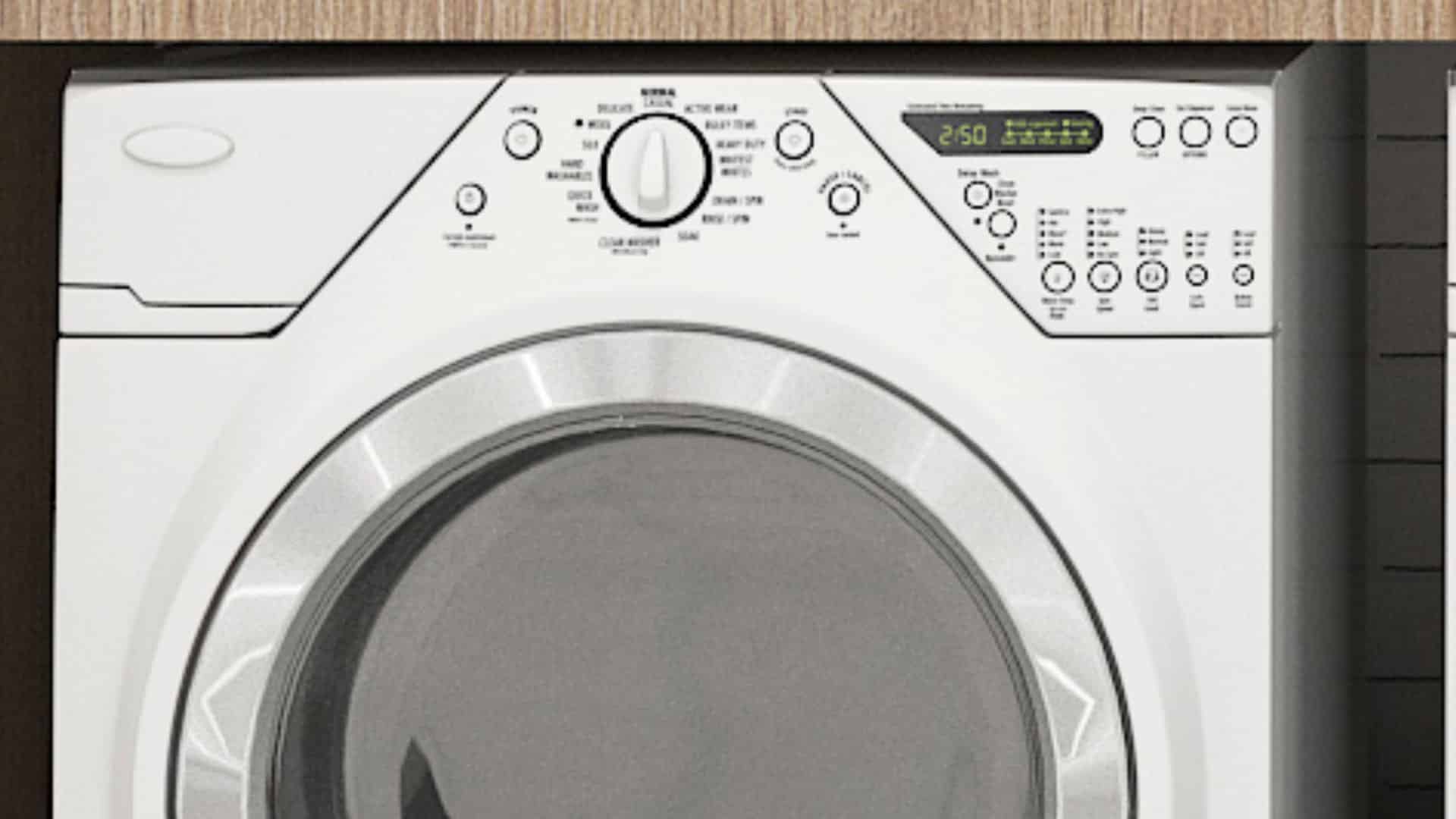
Let’s face it, no one wants to spend an entire day doing laundry. In an effort to speed up the process, some people may toss extra garments into their washing machine. Rather than washing two full loads, for instance, they’ll shove them into a single, oversized load. While this may save you some time initially, it will ultimately come back to haunt you. Here’s why you should never overload your washing machine…
Damages Garments
Have you noticed holes, torn fabric or other damage on your garments after taking them out of the washing machine? This could be the result of overloading your unit. When washing machines are run beyond their normal load capacity, zippers, buttons and other embellished accessories can latch on to nearby garments, causing permanent damage to the fabric.
Leaves Garments Dirty
You might be surprised to learn that overloading a washing machine can result in garments not being properly cleaned. When the garments are soaked in the initial cycle, they turn into one large mass that restricts the normal circulation of detergent. The detergent remains trapped on the top (or wherever you poured it) and is unable to circulate throughout the large mass of clothes.
Whether you use liquid or powdered detergent, it needs space to move around; otherwise, it will remain clumped up where it’s unable to access all of the garments.
Drainage Issues
It’s not uncommon for socks, underwear or other small garments to get sucked down inside the washing machine’s drainage line, preventing the water from draining. You can reduce the risk of this occurring by only loading to the unit to its recommended capacity.
Damages The Washing Machine
Overloading a washing machine can also damage its components. A couple extra garments may not seem problematic, but those garments carry a significant amount of weight when wet. Among other things, this additional weight can strain the motor to the point where it blows.
Am I Overloading My Washing Machine?
Load capacities vary depending on the manufacturer, size and model of the washing machine. With that said, a good rule of thumb is to provide a minimum of 6” between the drum and top layer of garments. Take a ruler and measure the distance between the drum and clothes to ensure it’s not overload. If there’s at least a 6” clearance, it should be okay.
You can determine the exact load capacity for your washing machine by referring to the owner’s manual.

How to Fix the nF Error Code on a Samsung Washer
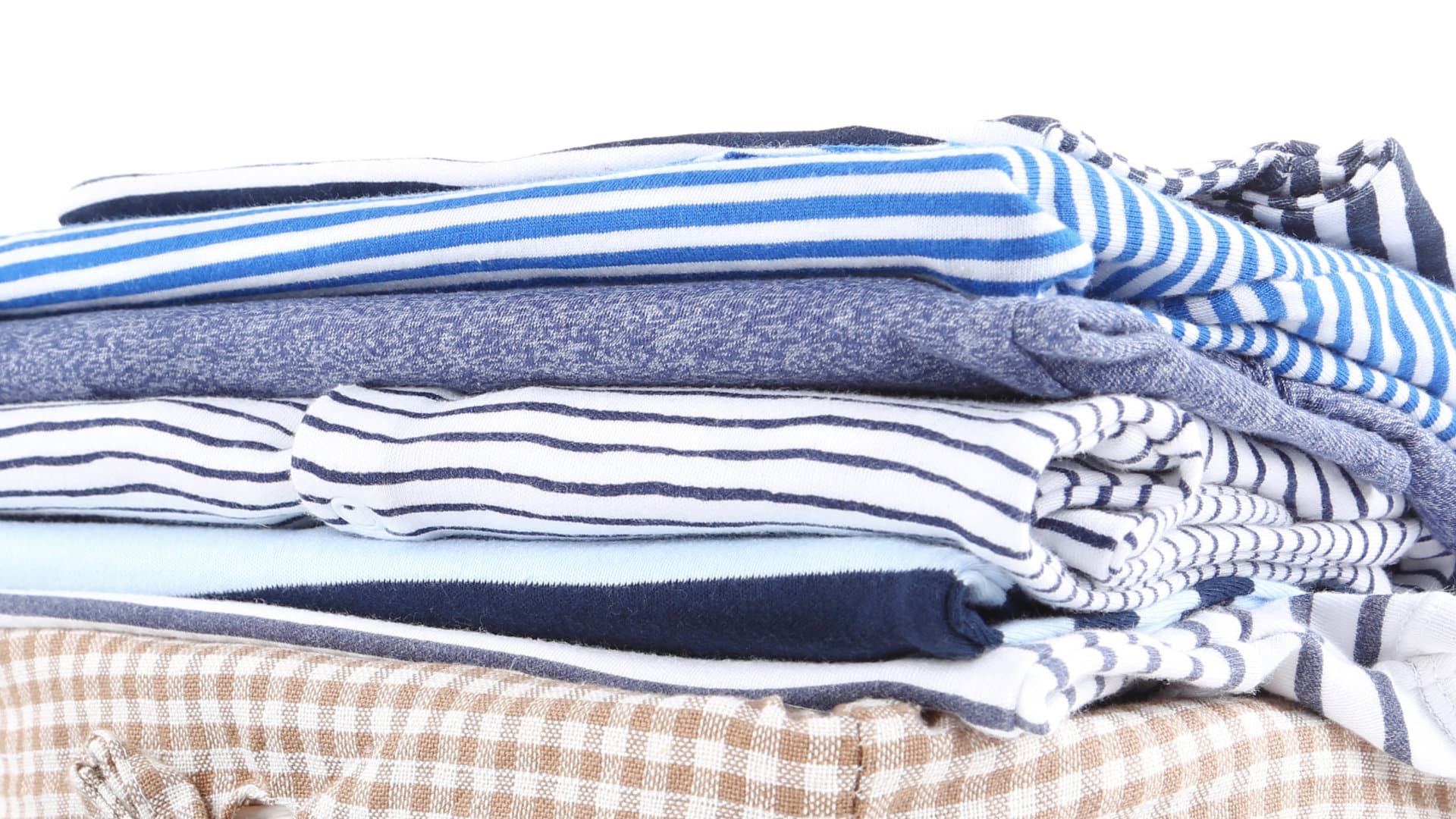
Kenmore Elite Dryer Issues: How To Troubleshoot

Microwave vs. Oven: Pros and Cons and How They Differ

Self-Cleaning Oven Smell: Causes & Odor Reduction Tips

Frigidaire Ice Maker Not Working? 7 Ways to Fix It
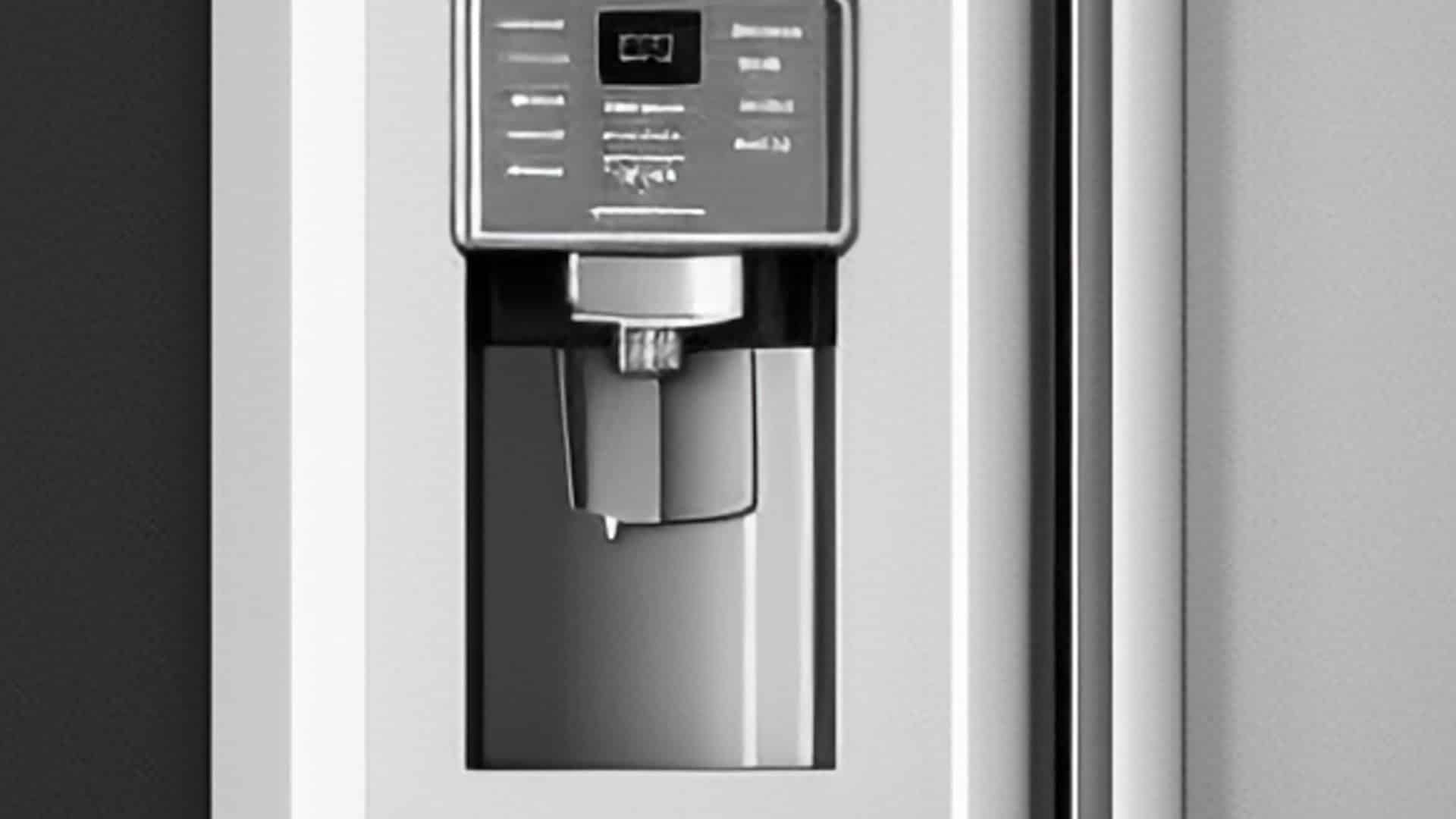
Why Is Your LG Refrigerator Not Cooling? (9 Common Reasons)
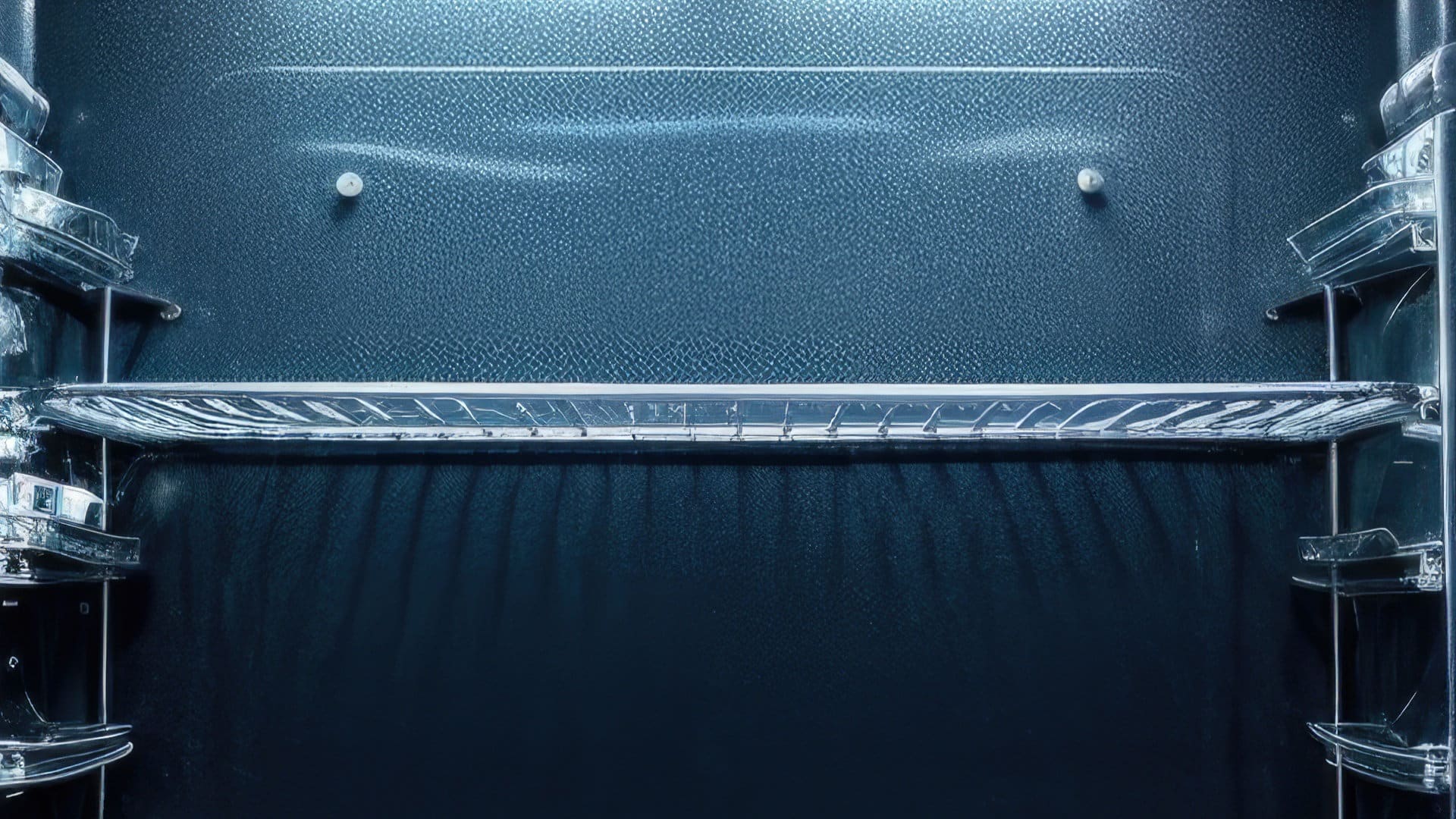
GE Oven F2 Error: Causes & Solutions
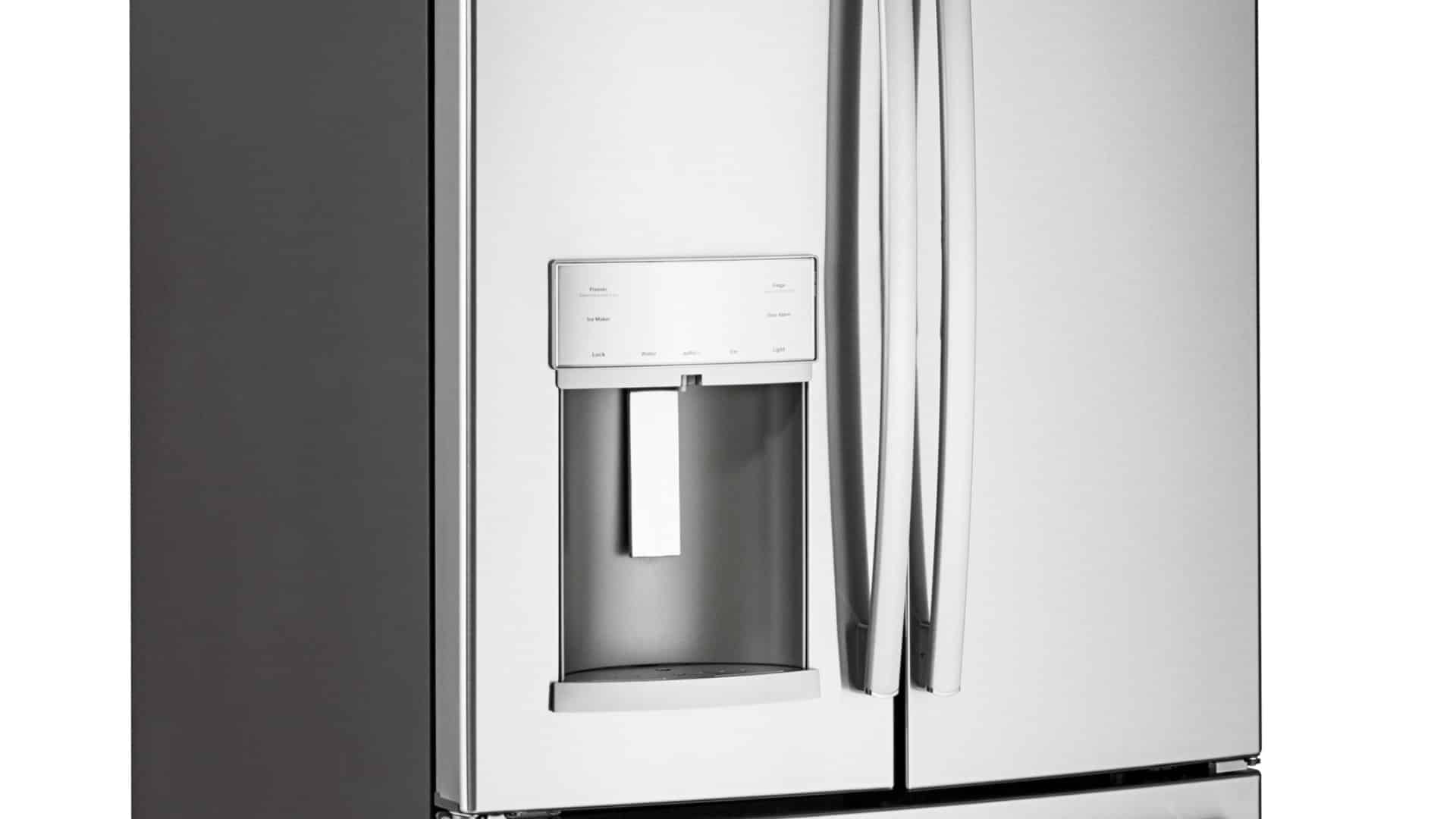
How to Reset the Water Filter Light on a Samsung Refrigerator

Maytag Washer Showing F5 Error Code? Here’s What To Do
